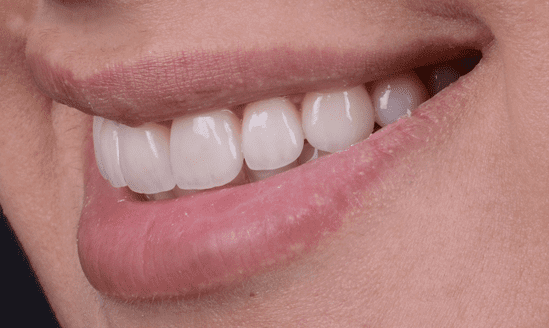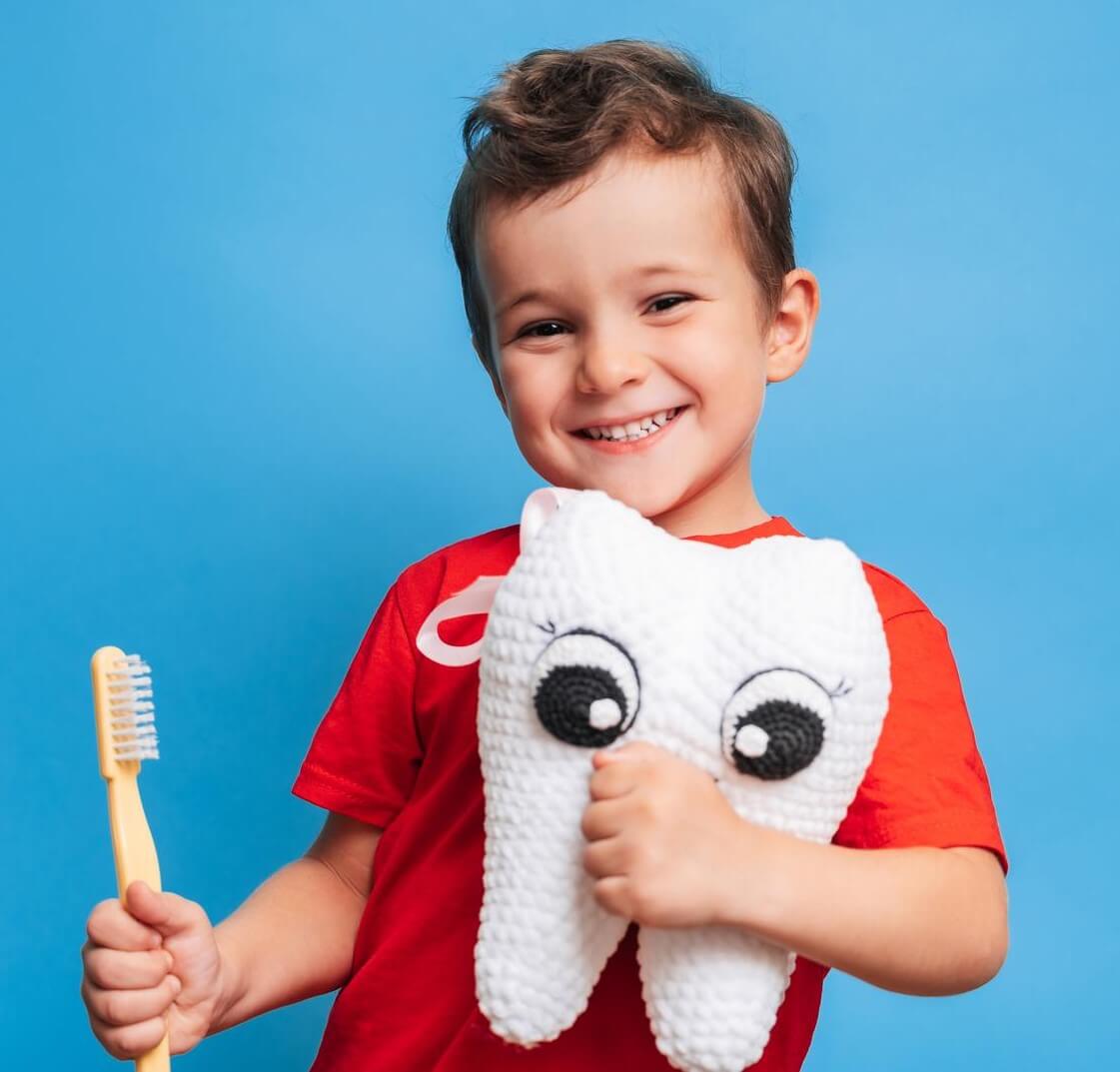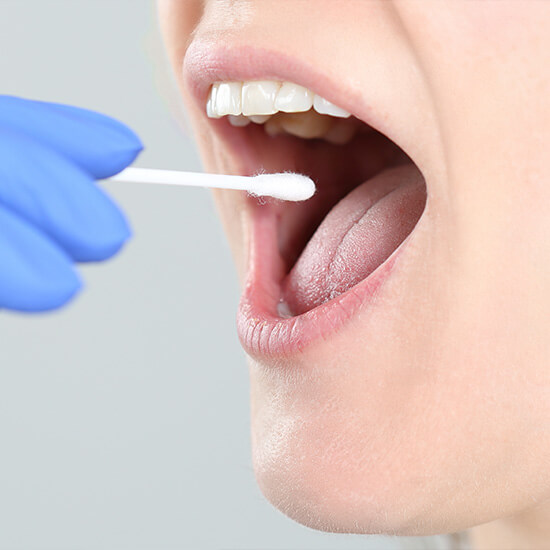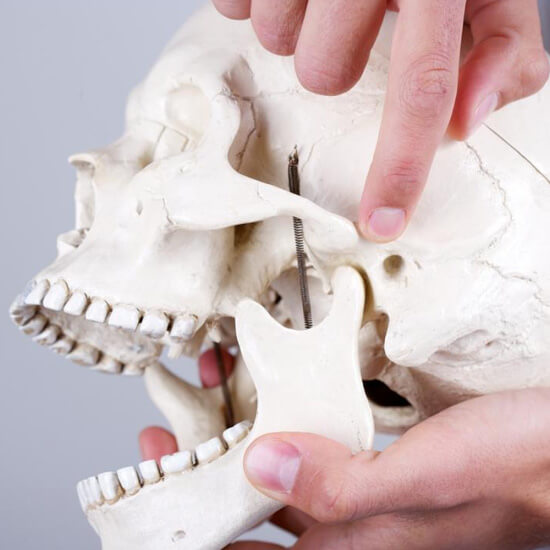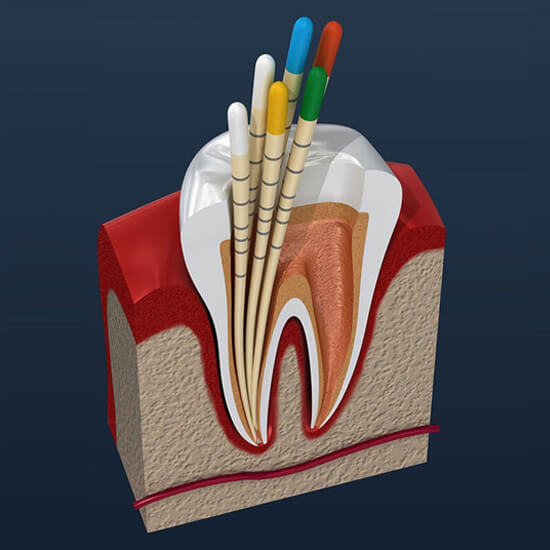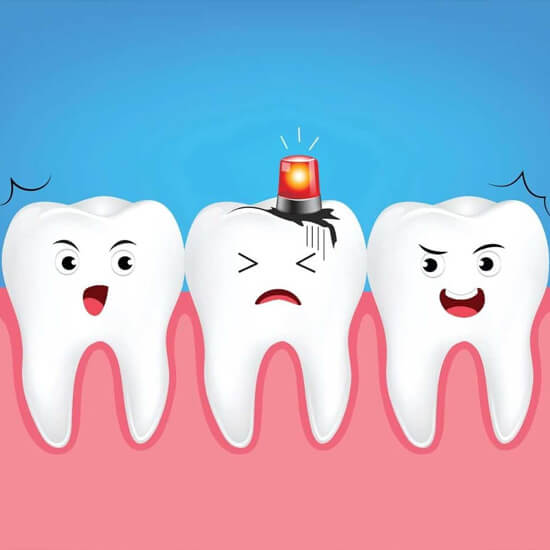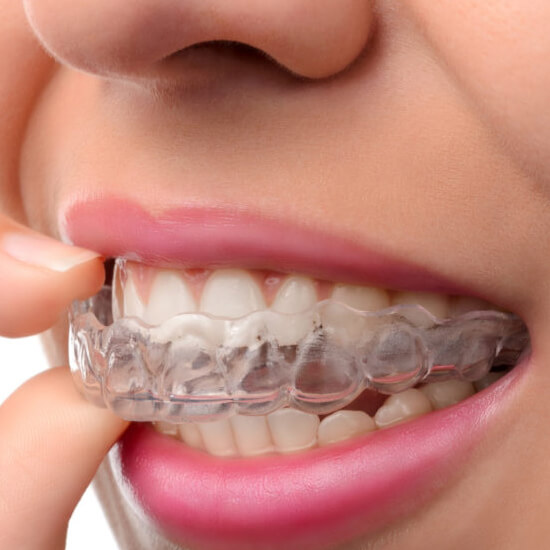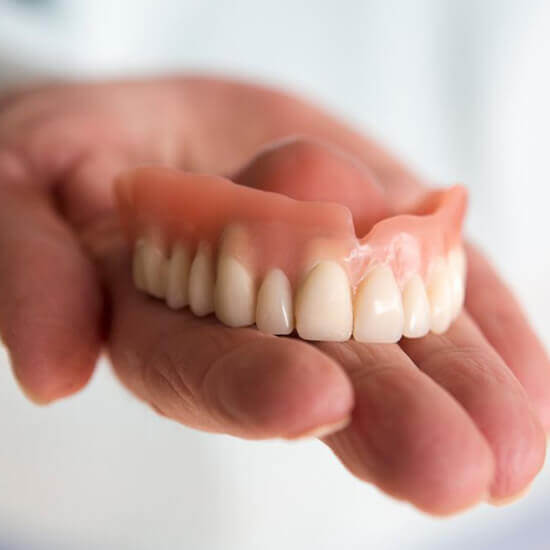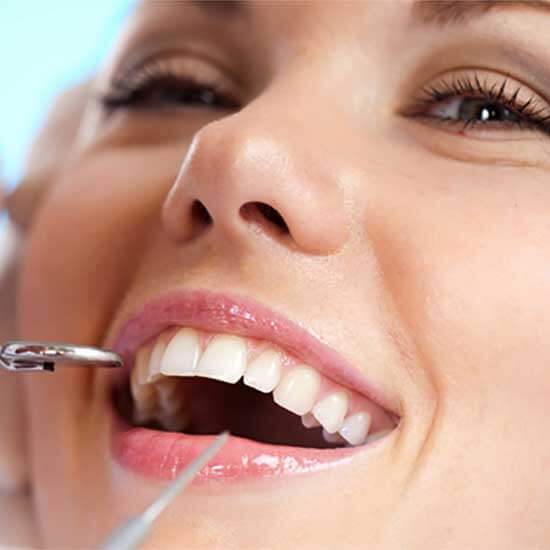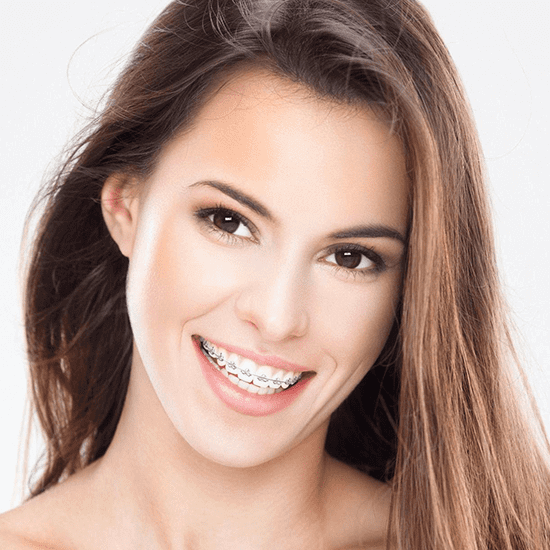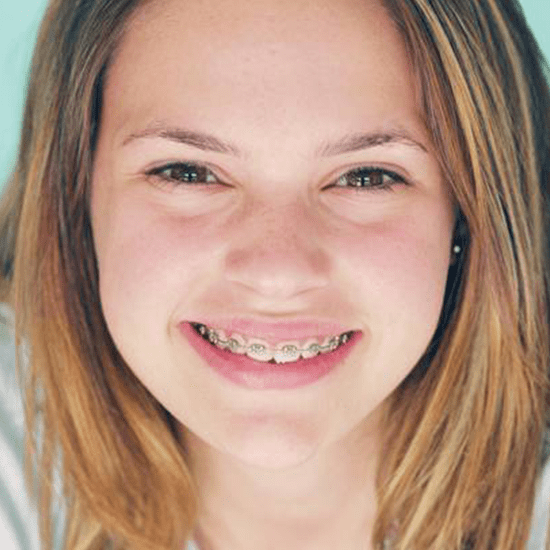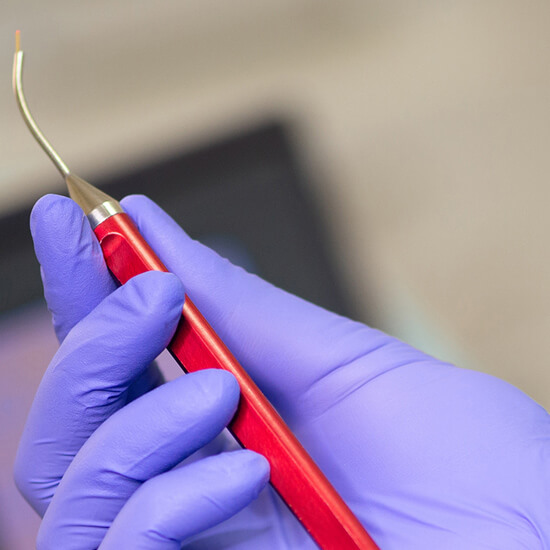Gum Treatment / Gum and bone disease
Periodontal disease is most often caused by poor oral hygiene, dental plaque, smoking, genetic factors, stress, diet, age and illness. It is an ongoing bacterial infection in the gums and bone around your teeth that can lead to an inflammation under the gums. If left untreated, the inflammation can destroy the bone around your teeth resulting in tooth loss.
The main symptoms are red or swollen gums;
- Red or swollen gums
- Bleeding when brushing
- Aching, itchy, sore or tender gums
- Receding gums (teeth beginning to look longer)
- Pus between your teeth and gums when you press down on the gums
- Bad breath
Any changes in the way your teeth fit together when you bite, any change in the fitting of partial dentures, loose, separating or protruding teeth, and spaces between teeth, are also symptoms of periodontal disease.






